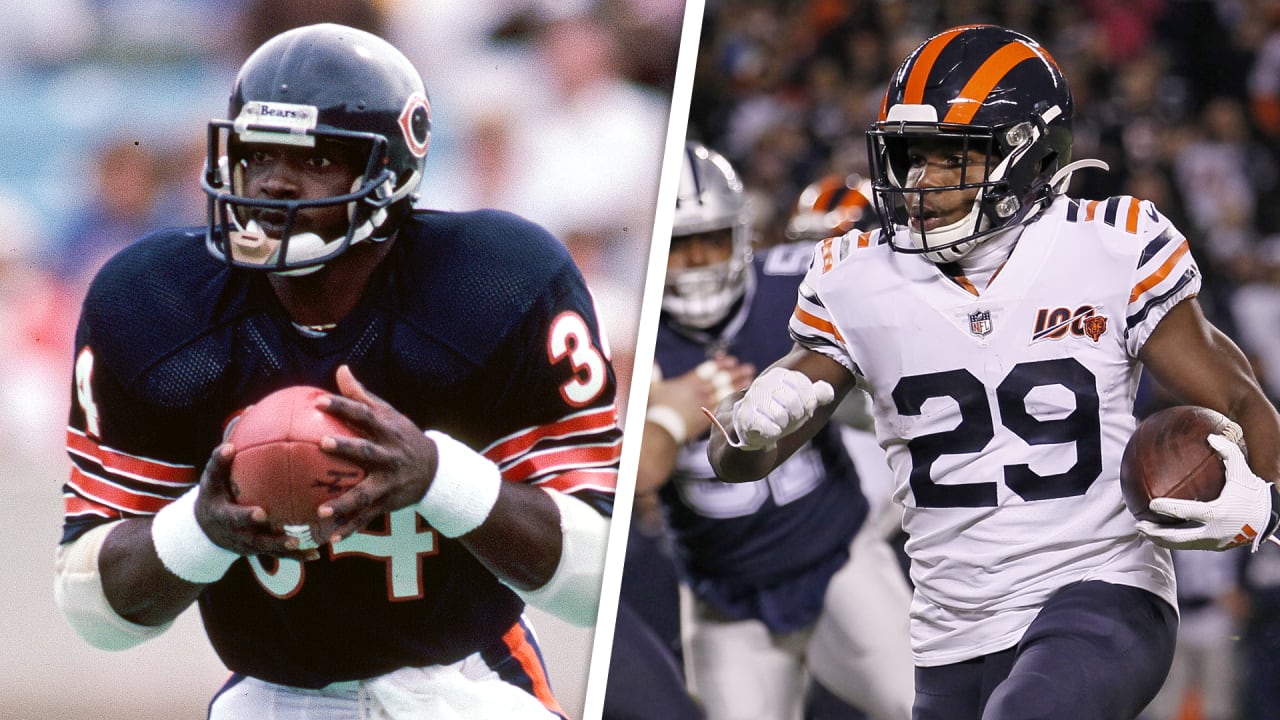Staley Da Bear
Well-known member
- Mar 16, 2019
- 2,085
- 0

Justin Smith Morrill may be the most important figure in football history who remains unknown to the majority of football fans.
The congressman from Vermont entered office in 1855, aligned with the progressive upstart Republican Party. Early in his career, with the country mired in the second year of the Civil War, Morrill authored the Land-Grant Act in 1862, unintentionally creating the infrastructure for college football seven years before the sport would be invented.
The bill created a large-enrollment school in every state, looking to distribute economic opportunity and higher education to the masses. Over the next 50 years, it became apparent that well-established state schools with large enrollments were the perfect places to build football powerhouses.
The first football game was played at Rutgers, a land-grant university. Of the 65 teams in P5 conferences, 31 were created by Morrill's legislation, including three of the four teams in the 2019 College Football Playoff (Lousiana State, Clemson and Ohio State).
By 1890, Morrill realized that many of the land-grant universities had shut their doors to African-American students, defeating the purpose of their creation. While desegregation was still generations away, Morrill passed a second bill requiring any segregated state to create a second land-grant university to offer opportunities exclusively to African-American students.
Several Historically Black Colleges and Universities predate the 1890 legislation. Jackson State, the alma mater of Walter Payton, had existed as a private theological school for more than a decade, though it would eventually become a state school in 1940.
However, many of the teams that Payton faced during his four years at Jackson State, the schools that would produce his teammates Richard Dent (Tennessee State) and Leslie Frazier (Alcorn State), the schools that currently make up the Southwestern and Mid-Eastern Athletic Conferences, were all created in the same manner as nearly every school in the SEC.
Running back Tarik Cohen didn't set out to attend an HBCU. He wasn't thinking of history when he signed with North Carolina A&T. He went there because it was the only school that could make his dream of playing in the NFL a reality.
"It was the only scholarship offer I had coming out of high school," said Cohen. "It was pretty much a no-brainer to go there if I wanted to play college football."
In a sense, Cohen is the perfect example of why HBCUs continue to exist long after schools like Auburn, Georgia and Clemson desegregated. The purpose of any land-grant school is to expand opportunities beyond the most privileged candidates.
Cohen rushed for over 1,000 yards in each of his four seasons playing for the Aggies. He graduated as the school's all-time leading rusher and a three-time winner of MEAC Offensive Player of the Year Award.
The schools of the MEAC and SWAC are partially quarantined within the world of college football. Since 2015, the conferences have forfeited their automatic bids in the FCS Playoffs so their champions can meet in the Celebration Bowl.
Cohen was the offensive MVP of the first Celebration Bowl, and North Carolina A&T has won four of the five unofficial HBCU Championships.
The FCS equivalent of the Heisman Trophy, the Walter Payton Award, bears the name of one of the greatest HBCU players in history, but the award hasn't gone to an HBCU player since Alcorn State's Steve McNair in 1993.
Cohen was born in 1995. He never saw Payton play a game live, and McNair's NFL career had ended by the time Cohen was old enough to attend middle school. Once he arrived at North Carolina A&T, he took comfort in the legends of the past.
"I felt like I was following in their footsteps," said Cohen. "It was good place for me to be. I always like to think of my life as a movie, so I saw the path to get to NFL. It felt like every day was unfolding as it should."
In the late 1960s and early 1970s, HBCUs regularly saw more than 30 of their players selected in the NFL Draft. For decades that number slowly dwindled until 2014 when not a single player from a SWAC or MEAC school was selected.
Cohen's success after being selected by the Bears in the fourth round of the 2017 draft seems to have marked an increased interest in players from the two conferences. In 2018, the Indianapolis Colts selected linebacker Darius Leonard from South Carolina State in the second round, and the Oakland Raiders selected tackle Brandon Parker, Cohen's college teammate, in the third.
Last spring, the Texans selected Alabama State tackle Tytus Howard with the 23rd pick in the draft. Howard was the first HBCU player taken in the first round since Tennessee State's Dominique Rodgers-Cromartie in 2008 and the first player from a MEAC or SWAC school since Jackson State teammates Sylvester Morris and Rashard Anderson in 2000.
The impact of HBCU alums in the Bears organization is not limited to players, past or present. Equipment manager Tony Medlin has worked for the Bears for three decades, spanning the end of Payton's career to the beginning of Cohen's. Medlin arrived in 1987, after working for five years for the athletic department at his alma mater, North Carolina Central, the archrival of Cohen's North Carolina A&T.
"Tarik and I, we always joke about 'we're playing you guys this week, we're going to win,'" said Medlin. "We go back and forth. It's just one of those bigger rivals that you could ever think of when it comes to two HBCU schools."
Medlin picked North Carolina Central because of family connections. With two siblings at the school, the Durham campus already seemed like home. The school also boasted the perks of a small school, giving Medlin valuable experience that would lead to his hiring in Chicago.
